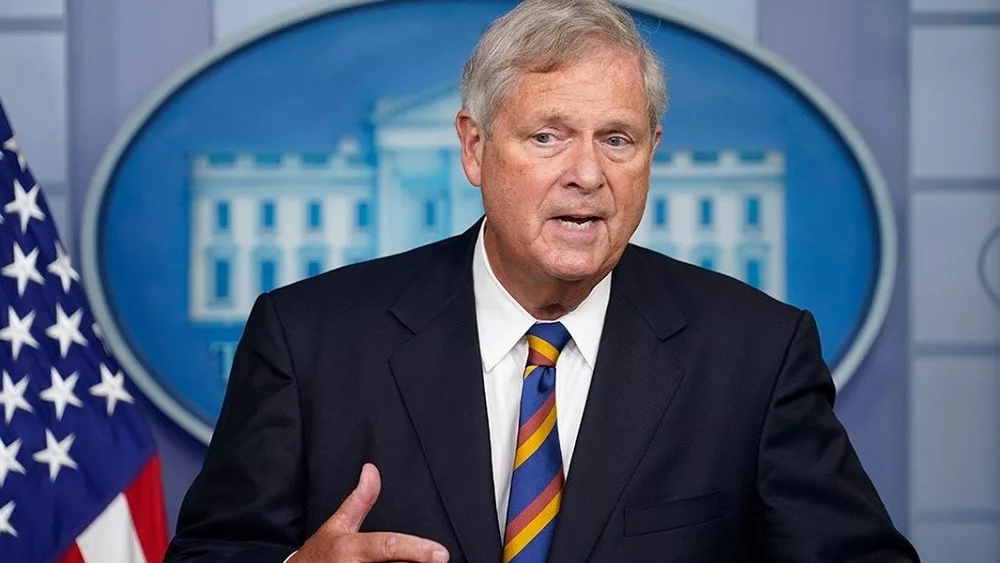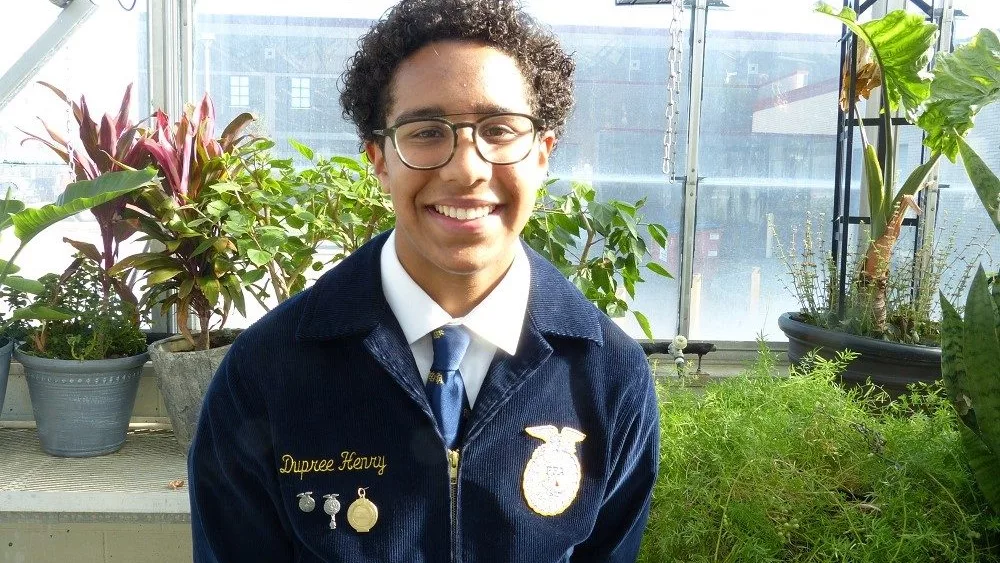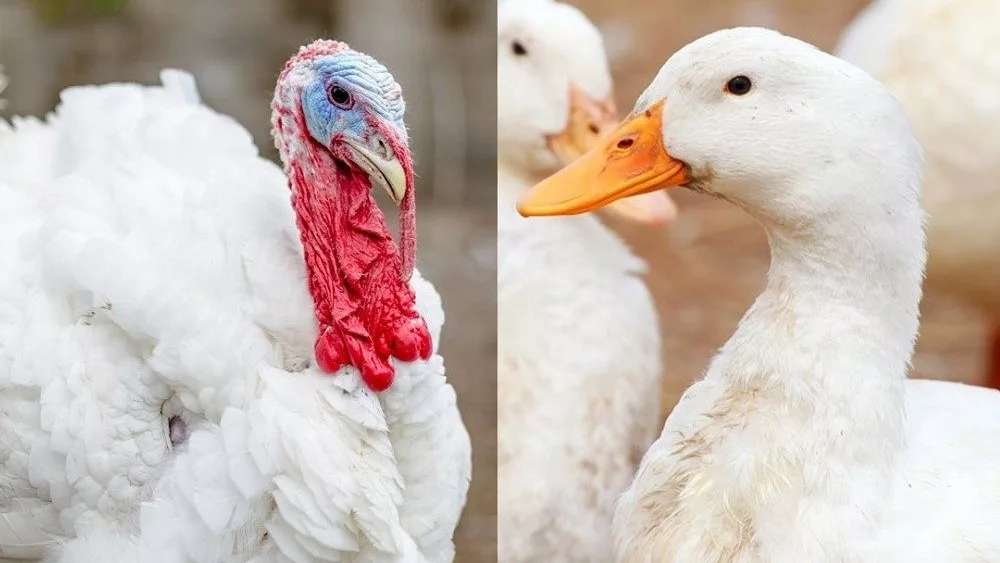The U.S. Department of Agriculture (USDA) has announced it is providing $2.3 billion to help American producers maintain and develop markets for their commodities and use U.S. commodities to bolster international food aid.
Consistent with a bipartisan request from the Senate Committee on Agriculture, Nutrition, and Forestry, USDA is utilizing funds from the Commodity Credit Corporation (CCC) to address challenges related to trade and food insecurity impacting U.S. farmers and the international community. USDA will use:
- $1.3 billion for the Regional Agricultural Promotion Program and support for specialty crop industries to diversify export markets.
- $1 billion to help address global hunger.
“The Commodity Credit Corporation continues to address the needs of American producers as significant and unpredictable challenges arise, including impacts to international commodities markets and global food insecurity in the wake of ongoing conflict and a changing climate,” said USDA Secretary Tom Vilsack. “The Commodity Credit Corporation and USDA’s market development and aid programs are critically important at this time, and with this additional support we can strengthen U.S agriculture’s presence in existing markets, open up new market opportunities, and build on our relationships and connections to ensure that high-quality American agriculture and food products reach where they are needed in the world.”
The American Soybean Association (ASA) says it applauds the USDA’s efforts to strengthen U.S. trade and food aid by providing funds to maintain and develop markets and address global hunger.
“America’s soybean farmers rely on strong existing export markets and opportunities to open and build new markets. It can take decades to grow markets for our beans and only a matter of days in some cases to lose them, so having the funds to sufficiently support export promotion programs is something ASA and soy growers have consistently championed. And, as both an industry that participates in food aid programs and as human beings, we are pleased to see the administration looking for additional ways to help us address global food insecurity,” said Daryl Cates, ASA President.
Cates says he and others in the soy industry are happy to see USDA acknowledging the uncertainty that surrounds agriculture and challenges that arise from that unpredictability, and that the department has conveyed through its funding infusion the importance of market development programs.
“USDA has demonstrated that it recognizes the importance of market promotion programs. We are thankful USDA sees value in the collective efforts of the Foreign Agricultural Service and agriculture cooperators like the American Soybean Association, which are stewards of market development funding and bring vital aid programs and market expansion projects to life,” said Cates.





